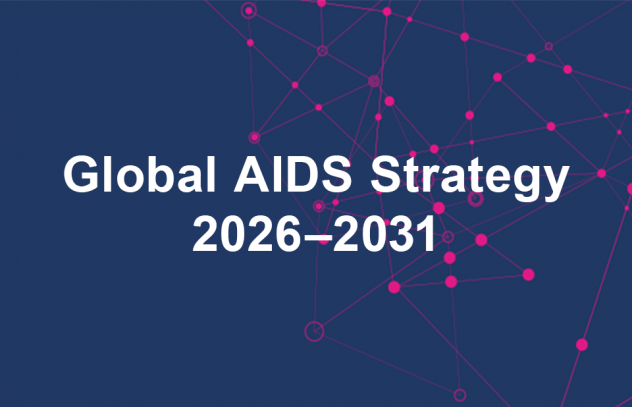
Feature Story
UNAIDS at country level
21 February 2007
21 February 2007 21 February 2007
In 2005 and early 2006, the landscape of the AIDS response shifted dramatically. Global pessimism over the unchecked spread of the disease in the developing world receded in the face of impressive efforts to expand access to treatment. Signs that prevention efforts were bearing fruit were seen in a growing number of countries from the hardest-hit regions, which started to report drops in HIV rates, particularly among the young.
The global community had responded to urgent appeals by enormously increasing the financial resources available to fight the disease.
While millions continued to die annually, these developments gave rise to hope that there was a light at the end of the tunnel. Unimaginable even a year or two earlier, it was now possible to start talking about the prospects of providing access to HIV prevention, treatment, care and support services to all who needed them.
During this period, UNAIDS focused its country support work on two main areas. The first was improving the architecture of the AIDS response in the face of increasing complexity, growing resources and the involvement of new actors. This consisted of assisting countries in translating three key principles—the “Three Ones” of one national AIDS action framework, one coordinating authority and one monitoring and evaluation system—into operational reality. This focus was enabled by the Global Task Team on Improving AIDS Coordination Among Multilateral Institutions and International Donors, a high-level international discussion on how to streamline and better coordinate external support to national AIDS programmes.
The second priority of country work was securing political commitment to a dramatic expansion of services for prevention, treatment, care and support. Through the universal access process, countries and regions assessed the current state of the epidemic, identified barriers preventing the expansion of services and began to develop roadmaps to considerably expand key services.
Meanwhile, the core work of the UNAIDS Secretariat and Cosponsors continued unabated, with technical support being provided for the roll-out of antiretroviral treatment programmes, the procurement of key prevention commodities such as condoms, the training of teachers and youth peer educators and the drafting of policy reforms to help address stigma and discrimination against people living with HIV.
This period also saw an increasing emphasis on the importance of understanding the regional dimensions of the AIDS epidemic, both in how the disease is spreading in different ways in different parts of the world, and in how to better share lessons learnt across similar countries.
This publication examines the country-level work of UNAIDS in 2005 and early 2006 within the context of regional and global efforts to move towards universal access. Rather than chronicle every effort undertaken by UNAIDS at country level, this report discusses the major centres of work and illustrates them through examples from specific countries.
Links:
Download full report (pdf, 1.33 Mb)
Related
 Upholding dignity for everyone: Ariadne Ribeiro Ferreira
Upholding dignity for everyone: Ariadne Ribeiro Ferreira

21 November 2024

